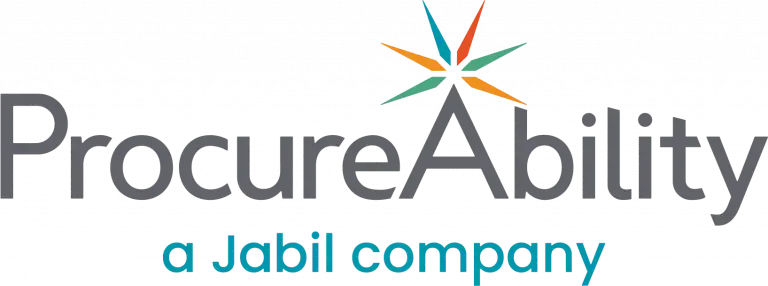
Many procurement organizations start by analyzing historical spend data. While useful for benchmarking, spend data alone often misses the full picture of procurement’s value. To gain a more strategic view of performance, teams must combine it with data from across the business and supply chain. Here’s how to look beyond ERP numbers and showcase the true impact of your procurement strategy.
Track Payout Incentives and Missed Value Opportunities
Supplier incentives tied to volume, loyalty, or year-end payouts often represent overlooked value in spend analytics. Teams frequently manage these incentives outside the main procurement systems, which makes them harder to track and measure in standard reports.
For instance, a procurement team may negotiate loyalty discounts with a major supplier, but the purchases happen through a distributed franchise network. While the spend flows through your ERP, the tracking of incentive eligibility may be handled by a third party, or tracked manually by the supplier. To ensure procurement receives credit for negotiated value:
- Centralize supplier performance tracking, including rebate and incentive data
- Align supplier incentive programs with procurement KPIs
- Collaborate with Finance to reflect these gains in total cost savings metrics
Capturing and integrating this data into your reporting framework allows procurement leaders to demonstrate real value that might otherwise be invisible in a traditional spend analysis.
Use Supply Chain Disruptions to Showcase Strategic Agility
Procurement’s value goes beyond cost avoidance and incentives. It also shows in its ability to mitigate supply chain risk and respond quickly to market disruptions. For example, when teams shift sourcing to domestic or nearshore suppliers due to rising logistics costs or new tariffs, overall spend may rise on paper. However, this strategic move helps avoid costly delays, reduce new fees, and maintain supply continuity. These contributions often do not appear in traditional spend metrics.
To show this impact, procurement teams should track external market changes, such as tariff shifts or freight rate spikes. They should pair this data with negotiated cost offsets or sourcing adjustments. More importantly, teams should quantify the value of avoided disruptions—not just the dollars saved. By looking at performance through this broader lens, procurement can clearly demonstrate its role in building supply chain agility and resilience.
Expand Procurement Data Sources for Holistic Performance Reporting
To tell a complete and credible story of procurement impact, data capture must go beyond transactional reporting. A strategic procurement function should build an integrated procurement data strategy that draws from:
- ERP and eProcurement systems
- Contract management tools
- Supplier incentive and rebate platforms
- Market intelligence sources
- Internal financial systems
Bringing these data sets together provides a multidimensional view of procurement’s influence, from strategic sourcing decisions to risk mitigation and supplier collaboration. Not only does this support stronger reporting for Finance and leadership, but it also empowers the CPO to communicate procurement’s full contribution to enterprise value creation.
Elevate Procurement’s Story with Broader Metrics
To effectively measure and communicate procurement performance, organizations must move beyond historical spend as the sole benchmark. By integrating rebate tracking, supplier incentives, market disruptions, and negotiated cost-sharing strategies, procurement teams can demonstrate the depth and breadth of their impact.
Ultimately, embracing a more comprehensive data strategy positions procurement as a strategic partner, not just a cost controller. The ability to capture, interpret, and present value-based procurement metrics is key to elevating the role of procurement in today’s volatile supply chain environment.



